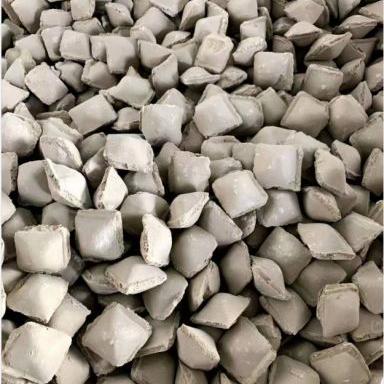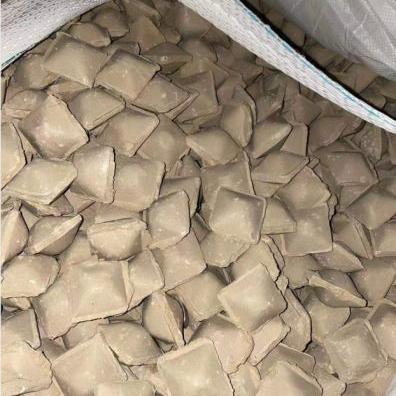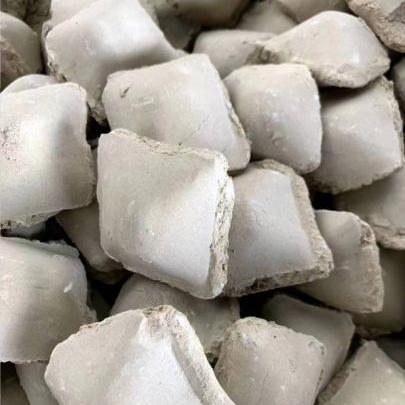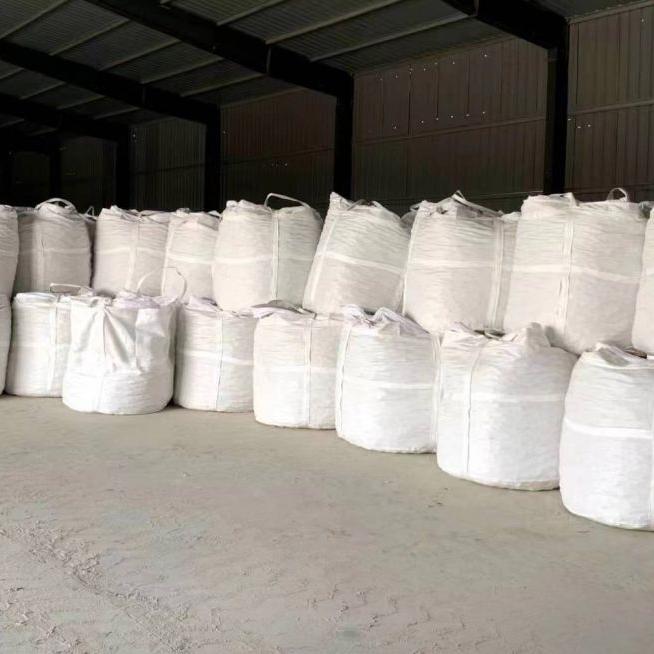
Products
High purity artificial fluorite balls
Natural fluorite flotation purification~adding corn starch to stir~pressing ball~drying~detection~bagging~finished product delivery.
Unlike the fluorite balls extracted and processed from fluorite tailings in industrial production, the fluorite balls produced from flotation purification of natural fluorite ores have no other industrial additives except corn starch.
We can produce and process fluorite balls with CaF2 content ranging from 30% to 95% according to the index requirements of different customers.
Fluorite ball products and packaging




1.Application of fluorite balls in stainless steel smelting
Low grade fluorite resources are transformed into high grade fluorite balls, which are characterized by high strength, less impurities, stable quality, uniform particle size distribution and difficult pulverization.
They can speed up slag melting and reduce the pollution degree of molten steel in the smelting process. They are the first choice of high-quality materials for stainless steel smelting.
The practice has proved that the smelting of low silicon high-purity fluorite ball instead of fluorite ore has good effect and meets the requirements of stainless steel smelting product quality. Calcium fluoride has less impact on the fluorite ball in the furnace refractory in the smelting process, and the consumption is small, the smelting time is short, and the furnace life is long.
2.Main application fields of artificial fluorite balls
Artificial fluorite balls are spherical fluorite blocks formed by adding a certain proportion of binder to the fluorite powder, pressing the balls, and drying them to shape them. Fluorite balls can replace high-grade fluorite ore, with the advantages of uniform grade and easy control of particle size, and are widely used in various industries:
1)Metallurgical industry: Mainly used as a flux and slag removal agent for ironmaking, steelmaking, and ferroalloys, fluorite powder balls have the characteristics of reducing the melting point of refractory materials, promoting slag flow, making slag and metal separation easy, desulfurization and dephosphorization during the smelting process, enhancing the calcinability and tensile strength of metals, and generally adding a mass fraction of 3% to 10%.
2) Chemical industry:
Main raw materials for producing anhydrous hydrofluoric acid, basic raw materials for fluorine industry (Freon, fluoropolymer, fluorine Fine chemical)
3)Cement industry:
In cement production, fluorite is added as a mineralizer. Fluorite can lower the sintering temperature of the furnace material, reduce fuel consumption, and also enhance the liquid viscosity of the clinker during sintering, promoting the formation of tricalcium silicate. In cement production, the amount of fluorite added is generally 4% -5% to 0.8% -1%. The cement industry does not have strict requirements for the quality of fluorite. Generally, a CaF2 content of over 40% is sufficient, and there are no specific requirements for impurity content.
4) Glass industry:
The raw materials for producing emulsified glass, colored glass, and opaque glass can reduce the temperature during glass melting, improve the melt, accelerate melting, and thus reduce the fuel consumption ratio.
5) Ceramic industry:
The flux and opacifier used in the process of manufacturing ceramics and enamel are also indispensable components for preparing glaze.






